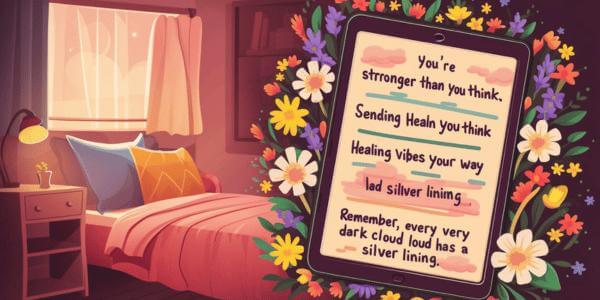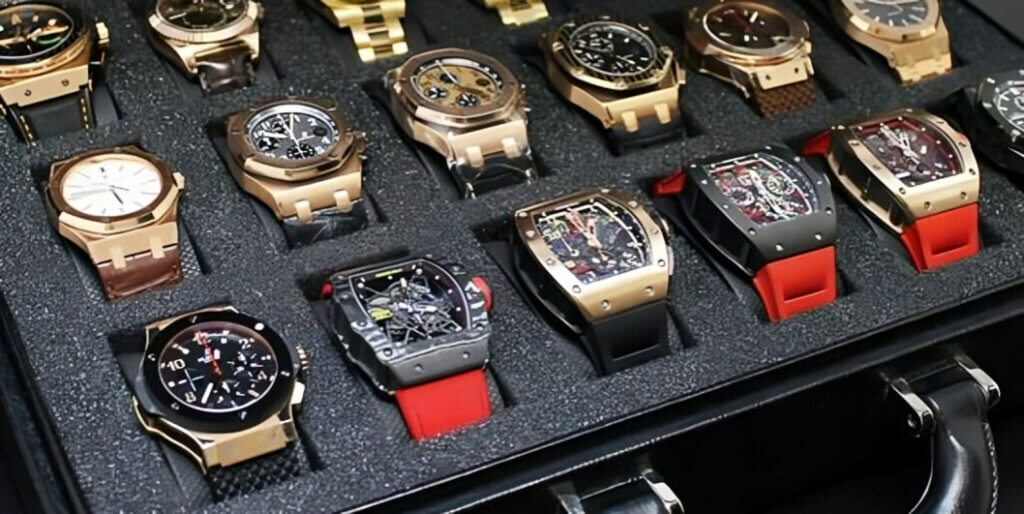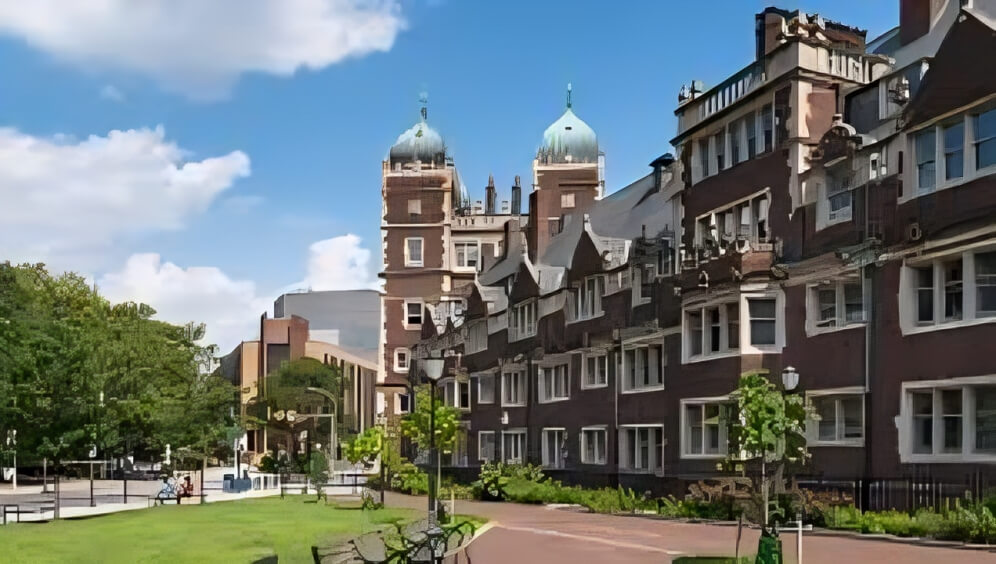Introduction
In a world shaped by stress, uncertainty, and a growing mental health awareness, people are seeking more than just aesthetics in their homes—they’re looking for feeling. Enter Dopamine Decor, the latest trend in interior design that aims to spark joy, reduce anxiety, and stimulate creativity by creating vibrant, expressive, and emotionally uplifting spaces. It’s not just about making your space look good; it’s about making you feel good.
Rooted in the science of dopamine—a neurotransmitter associated with pleasure and reward—dopamine decor centers around colors, objects, and designs that trigger happiness and nostalgia. From maximalist patterns to bold furniture, the goal is simple: design your environment to make you smile.
Let’s dive into the history, psychology, elements, and application of dopamine decor—and why it’s here to stay.
What Is Dopamine Decor?
Dopamine decor is a design philosophy focused on personal joy, emotional comfort, and self-expression. It rejects rigid, minimalist rules and instead celebrates a sensory explosion of color, pattern, and personality. The trend emerged from a growing need to reclaim domestic spaces after years of the COVID-19 pandemic, remote work, and an increased focus on mental well-being.
The name is inspired by dopamine, often referred to as the “feel-good” chemical in the brain. When we experience something pleasurable—like seeing a favorite color or remembering a fond childhood memory—our brain releases dopamine. Designers and homeowners have started using decor strategically to replicate this effect in the home.
The Science Behind Dopamine Decor
To understand dopamine decor, it helps to understand dopamine itself. This neurotransmitter plays a major role in how we experience motivation, pleasure, and satisfaction. While dopamine can be released through food, music, or even exercise, certain visual stimuli—such as bright colors, familiar objects, or aesthetic harmony—can also trigger this release.
Here’s how decor elements can stimulate dopamine:
- Color Psychology: Certain colors evoke specific emotions. Yellow is uplifting, red can energize, blue soothes, and green balances.
- Nostalgia: Objects that remind us of our childhood, past travels, or loved ones can release dopamine through emotional memory.
- Pattern Recognition: Our brains enjoy patterns. Stripes, florals, or geometrics can offer visual satisfaction and intrigue.
- Novelty: Unusual or whimsical items break monotony and surprise the brain, stimulating curiosity and joy.
By aligning interior design with neuroscience, dopamine decor becomes more than just a trend—it’s a form of mood engineering.
The Rise of Dopamine Decor: A Post-Pandemic Reaction
During the pandemic, many of us were forced to spend more time indoors than ever before. Our homes became offices, gyms, and sanctuaries. The sterile, minimalist trends of the 2010s—white walls, monochrome furniture, and rigid lines—began to feel cold and uninviting.
As people craved comfort, expression, and mental relief, interior design pivoted. We saw the rise of:
- Cottagecore: Romantic, nature-inspired spaces
- Maximalism: “More is more” philosophy
- Color drenching: Painting entire rooms in bold hues
Dopamine decor blends aspects of all these, encouraging a more playful and intuitive approach to design. Think bright pink sofas, wall art from thrift stores, or polka-dot lampshades. It’s all about decorating with what makes you happy, not what Instagram or Pinterest says is trendy.
Key Elements of Dopamine Decor
1. Bold, Joyful Colors
Color is the cornerstone of dopamine decor. Think:
- Hot pinks, tangerine orange, lemon yellow
- Teal, electric blue, and rich purples
- Layering multiple bold hues in a single space
Color blocking and clashing are welcomed here. The aim isn’t to follow rules but to reflect personality and boost energy.
2. Whimsical Patterns and Textures
Patterns play a vital role in creating visual excitement:
- Florals, stripes, and animal prints
- Hand-drawn or abstract murals
- Mismatched but harmonized patterns on cushions, curtains, and rugs
Textures like velvet, boucle, and faux fur add a tactile layer of delight.
3. Personalized and Nostalgic Decor
Dopamine decor encourages the inclusion of items that tell your story:
- Childhood toys or framed comic book pages
- Souvenirs from trips
- DIY or handmade items
The idea is to surround yourself with objects that carry emotional weight.
4. Maximalism and Layering
Forget minimalism—dopamine decor embraces abundance. That might mean:
- Gallery walls full of art and photos
- Layered rugs or stacks of colorful books
- Mixing vintage, modern, and quirky elements
This creates a sense of richness and personality, which can feel energizing and comforting.
5. Playful, Unexpected Touches
Surprise is a core emotion that releases dopamine. Incorporate:
- Funky furniture like mushroom lamps or cloud-shaped mirrors
- Unusual lighting (think lava lamps or colored bulbs)
- Statement pieces like a banana-shaped vase or disco ball in the kitchen
The goal is delight, not logic.
Dopamine Decor vs. Traditional Design
| Feature | Traditional Minimalism | Dopamine Decor |
|---|---|---|
| Color Palette | Neutral, muted | Bright, bold |
| Styling | Clean, functional | Expressive, eclectic |
| Rules | Structured, restrained | Rule-breaking, personal |
| Emotional Goal | Calm, serenity | Joy, stimulation |
| Trend Examples | Scandinavian, Japandi | Maximalism, Retro-futurism |
While minimalism aims to reduce stress by eliminating clutter, dopamine decor aims to counter negative emotions by celebrating abundance and color. It appeals especially to creatives, young homeowners, renters, and those who prioritize emotional well-being over perfection.
Implementing Dopamine Decor in Your Home
Here’s how to get started:
1. Identify What Sparks Joy
Take stock of items or aesthetics that make you smile—be it vintage movie posters, neon signs, or bold primary colors.
2. Start Small
Try dopamine decor in a small space like:
- A reading nook
- Your home office
- A powder room
This lets you experiment without overwhelming a whole house.
3. Mix Old and New
Incorporate thrifted finds with new purchases. It keeps things sustainable and layered.
4. Use Art as a Focal Point
Choose art that inspires joy, whether it’s bright abstracts or sentimental photography.
5. Don’t Fear the Clutter
Dopamine decor celebrates “organized chaos.” If it feels authentic and uplifting to you, it belongs.
Dopamine Decor in Pop Culture and Media
This trend has also been heavily influenced by pop culture:
- TV shows like Emily in Paris and Schmigadoon! showcase color-rich sets.
- Celebrities like Harry Styles, Dua Lipa, and Florence Pugh have championed vibrant home decor in magazine spreads.
- Pinterest and TikTok are flooded with dopamine decor hashtags and DIY tutorials.
Interior design influencers like Justina Blakeney (creator of The Jungalow) and Clare Paint’s community have emphasized color as a form of empowerment and joy.
Is Dopamine Decor a Fad or the Future?
While trends come and go, the emotional basis of dopamine decor gives it long-lasting potential. As mental health becomes more integrated into our daily lives, the way we design our environments will continue to prioritize emotional well-being, joy, and personalization.
That said, the exact aesthetics of dopamine decor may evolve. We might see:
- A more sustainable take using eco-friendly materials
- A blend of tech and dopamine design in smart homes
- Therapeutic spaces for work-from-home life
But the core idea—designing for emotional fulfillment—is likely here to stay.
Conclusion
Dopamine decor is more than a trend—it’s a reflection of a cultural shift toward intentional living and emotional authenticity. As people seek to reclaim joy in their spaces, this colorful, playful, and deeply personal design movement offers a pathway to happiness that begins at home.
Whether you fully embrace it or just incorporate a splash of it into your life, dopamine decor encourages you to ask:
What makes me happy—and how can I surround myself with it?




















